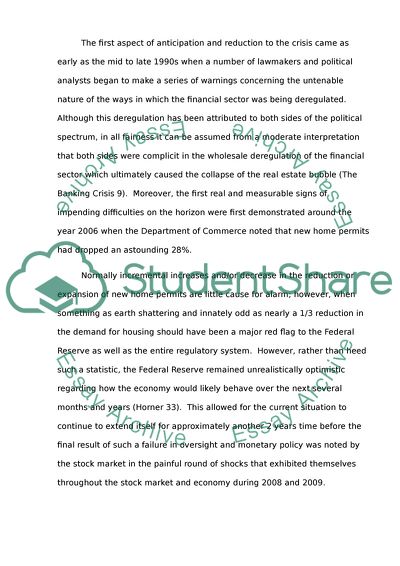Cite this document
(2008 Housing Crisis: Cause, Effect, and Prevention of Future Similar Research Paper, n.d.)
2008 Housing Crisis: Cause, Effect, and Prevention of Future Similar Research Paper. Retrieved from https://studentshare.org/macro-microeconomics/1796800-argumentative-research-paper-on-the-2008-housing-market-crash-and-how-it-could-be-avoided
2008 Housing Crisis: Cause, Effect, and Prevention of Future Similar Research Paper. Retrieved from https://studentshare.org/macro-microeconomics/1796800-argumentative-research-paper-on-the-2008-housing-market-crash-and-how-it-could-be-avoided
(2008 Housing Crisis: Cause, Effect, and Prevention of Future Similar Research Paper)
2008 Housing Crisis: Cause, Effect, and Prevention of Future Similar Research Paper. https://studentshare.org/macro-microeconomics/1796800-argumentative-research-paper-on-the-2008-housing-market-crash-and-how-it-could-be-avoided.
2008 Housing Crisis: Cause, Effect, and Prevention of Future Similar Research Paper. https://studentshare.org/macro-microeconomics/1796800-argumentative-research-paper-on-the-2008-housing-market-crash-and-how-it-could-be-avoided.
“2008 Housing Crisis: Cause, Effect, and Prevention of Future Similar Research Paper”, n.d. https://studentshare.org/macro-microeconomics/1796800-argumentative-research-paper-on-the-2008-housing-market-crash-and-how-it-could-be-avoided.


